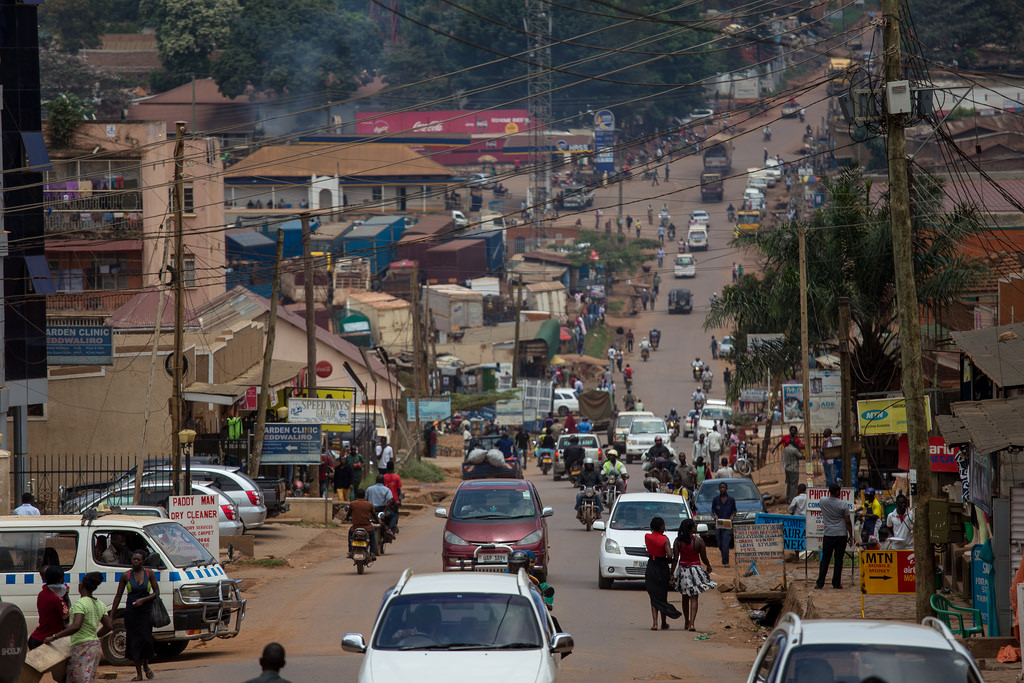
Uganda
Number of First Responders: 704
Background
In 2016, experience in Uganda provided the opportunity to test LFR’s initial concept. Partnering with the Ugandan Red Cross Society while building relationships with and leveraging the work-force of local transportation organizations, we demonstrated that a prehospital care system composed of lay first responders can be developed leveraging pre-existing transport organizations, offering a scalable alternative for LMICs and demonstrating measurable educational improvements in trauma skills for lay responders. In region of 100,000 that had no formal EMS system previously, 154 lay first responders were trained, serving 250 trauma victims in the first 3 months and over 2,000 in the 2.5 years since. The first responder model incorporating pre-existing transportation infrastructure was published in World Journal of Surgery.
In 2022, LFR sent three fellows Amber Batra, Haleigh Pine and Nicholas Kyrillos to Uganda to teamed up with the Vision for Trauma Care Africa to administer a six-hour trauma management course and a level 2 advanced training curriculum in Mukono. While training an additional 275 first responders, they wrote stories from every day of their travels over on the LFR Fellows Blog - be sure to take a read.
In 2023, LFR begun training an additional 300 first responders in Mukono as a part of the Deploying Emergency Bystander Internet Training (DEBIT) trial, investigating the efficacy of in-person vs. online training for program scaling.
Metrics
154 motorcycle taxi drivers trained as lay first responders in 2016
275 motorcycle taxi drivers trained as lay first responders in 2022
Performance across all five first aid skills categories improved:
Fracture Splining by 25%
Circulation/Bleeding management by +39%
Scene management by +25%
Airway and breathing by +24%
Patient transport by +32%
16 trainers of trainers recruited, thus providing sustainability by continuing to train and schedule follow up trainings with first responders
Participants weekly income increased by 39.6% on average as compared to untrained drivers, indicating the LFR Model’s financial incentive and long term sustainability.
Less than 10% yearly attrition in responders
Training Photos
Local Partners
Trainee Testimonials
“Because I am trained, I have the privilege to serve others and am trusted because of the training I received.”
“You’re respected when you wear uniform (reflector vest) and people ask why I am not afraid to respond in emergencies. Customers started insisting on riders with first aid vests.”
“Helped in improving our lives and saving other people’s lives as well.”
“I learnt to save people’s lives by giving first aid.”
“I learnt so much and now am able to do things I was unable to prior to the training. I now have the confidence to respond to emergencies.”
“I learnt to be brave to give first aid to any kind of any accident.”
Peer-Reviewed Publications
World Journal of Surgery “Lay First Responder Training in Eastern Uganda: Leveraging Transportation Infrastructure to Build an Effective Prehospital Emergency Care Training Program.” Delaney PG, Bamuleke R, Lee YJ. [Publication Link]
Emergency Medicine Journal “Evaluation of a lay first responder program in Sierra Leone as a scalable model for prehospital trauma care.” Delaney PG, Eisner ZJ, Blackwell TS, Ssekalo I, Kazungu R, Lee YJ, Scott JW, Raghavendran K. [Publication Link]







